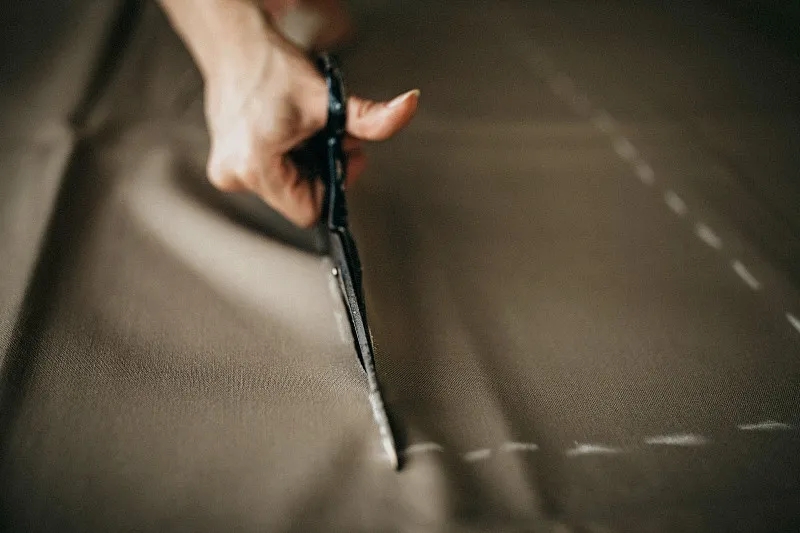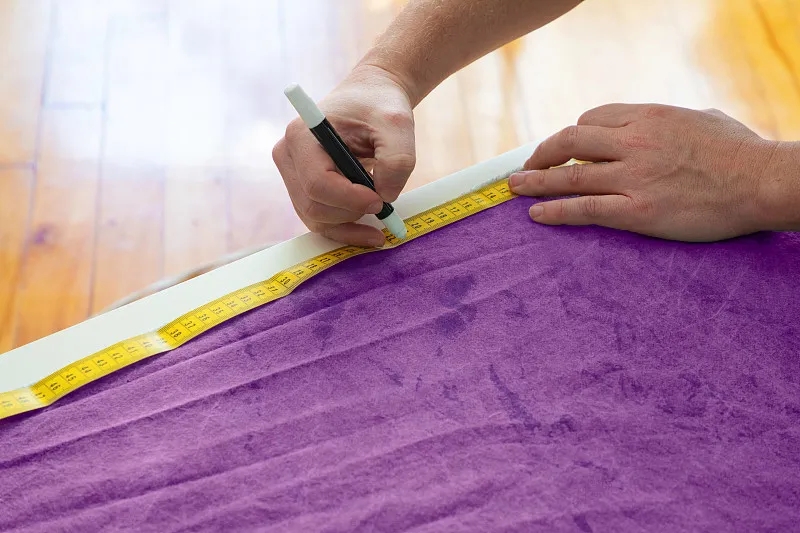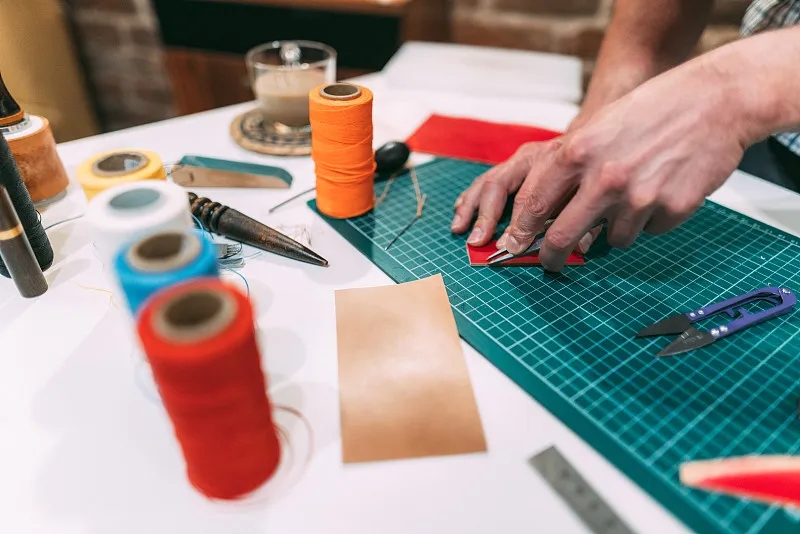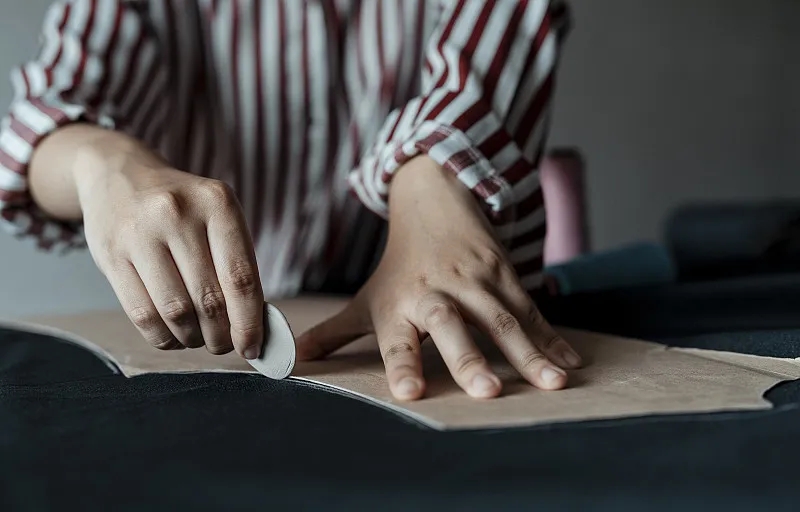Precision is the foundation of any successful sewing project. Whether you’re creating a custom garment or altering store-bought clothing, accurate markings ensure that your stitches, cuts, and designs align perfectly. To achieve this, having the right fabric marking tools is essential. From tailor chalk to advanced marking pens, the right tools make sewing easier, faster, and more efficient. In this guide, we’ll explore the top fabric marking options, their uses, and tips for choosing the best tools for your needs.

Why Are Fabric Marking Tools Essential?
Before diving into specific tools, it’s important to understand why fabric marking tools are indispensable in sewing. They allow you to:
- Mark seam allowances and cutting lines.
- Highlight darts, pleats, or other design details.
- Create temporary guidelines that can be removed after stitching.
Without proper markings, even the most experienced sewists risk uneven seams or misaligned patterns. Choosing the right marking tool for your fabric type and project can save time and ensure professional-quality results.

Common Types of Fabric Marking Tools
There is no one-size-fits-all solution when it comes to fabric marking. Different projects and fabrics require different tools. Here are the most popular options:
1. Tailor Chalk
Tailor chalk is a classic and widely used tool among sewists and tailors. It comes in triangular or rectangular blocks and is ideal for marking straight and curved lines. Tailor chalk works well on most fabrics, and its powdery texture makes it easy to brush off after use.
Pros:
- Affordable and widely available.
- Easy to remove from fabrics.
- Long-lasting and versatile.
Cons:
- May leave residue on delicate fabrics.
- Requires frequent sharpening or reshaping.
2. Sewing Chalk Pencils
For more precision, sewing chalk pencils are an excellent choice. They work like regular pencils, allowing you to draw fine, detailed lines. Chalk pencils are perfect for lightweight fabrics and projects that require intricate detailing.
Pros:
- Easy to handle and control.
- Great for precise markings.
- Often includes built-in sharpeners for convenience.
Cons:
- May not be suitable for thick or textured fabrics.
3. Chalk Wheels
Chalk wheels are a modern alternative to traditional tailor chalk. These tools dispense powdered chalk through a small roller, creating clean, even lines. They’re especially useful when marking long, straight seams or large patterns.
Pros:
- Creates consistent markings.
- Easy to remove with brushing.
- Ideal for larger projects.
Cons:
- Can be messy and requires refilling.
- Not suitable for very delicate fabrics.
4. Water-Soluble Markers
Water-soluble markers are an alternative to sewing chalk for sewists who prefer smooth, ink-like lines. These markers are popular for their clear visibility and easy removal with water.
Pros:
- Highly visible lines.
- Easy to remove with a damp cloth or water.
- Suitable for detailed projects.
Cons:
- Can stain if exposed to moisture before removal.
- Not ideal for fabrics that cannot get wet.
5. Heat-Erasable Pens
For sewists who want markings to disappear without brushing or washing, heat-erasable pens are a great option. These pens create precise lines that vanish when exposed to heat from an iron.
Pros:
- Precise and clean markings.
- Easy to erase with heat.
- Works well on most fabrics.
Cons:
- May not work on heat-sensitive materials.
- Lines can reappear in cold temperatures.
6. Tracing Paper and Wheels
Tracing paper is a traditional method for transferring patterns onto fabric. Paired with a tracing wheel, it’s a reliable option for marking designs, especially for embroidery or quilting projects.
Pros:
- Ideal for patterns and detailed designs.
- Works on various fabric types.
- No chalk residue left behind.
Cons:
- Requires additional tools (tracing wheel).
- Less convenient for quick markings.

How to Choose the Best Fabric Marking Tools
Selecting the right tool depends on your project, fabric type, and personal preferences. Here are some tips to help you choose:
1. Fabric Type
The texture, weight, and color of your fabric play a major role in selecting the right tool. For example:
- Use tailor chalk or chalk wheels for thick, textured fabrics like denim or wool.
- Opt for water-soluble markers for delicate fabrics like silk or satin.
- Heat-erasable pens work well on medium-weight fabrics like cotton.
2. Marking Visibility
Choose a marking tool that contrasts with your fabric color. For dark fabrics, white or light-colored chalk is ideal. For light fabrics, use darker colors.
3. Ease of Removal
Make sure your markings can be removed without damaging the fabric. Always test the tool on a small, hidden area before marking the entire piece.
4. Project Complexity
For simple, straight markings, traditional chalk may suffice. For detailed designs or patterns, consider chalk pencils or water-soluble markers.

Tips for Using Tailor Chalk and Sewing Chalk Effectively
- Test First: Always test your marking tool on a scrap piece of fabric to ensure it can be easily removed.
- Mark Lightly: Apply gentle pressure to avoid embedding the chalk too deeply into the fabric fibers.
- Keep Tools Clean: Store your tailor chalk and other tools in a clean, dry place to prevent contamination.
- Brush After Use: Use a soft fabric brush or your fingers to gently remove chalk marks after completing your project.
Caring for Your Fabric After Marking
Removing markings is just as important as applying them. Here’s how to clean your fabric effectively:
- For Tailor Chalk: Gently brush the markings with a soft-bristle brush or wash the fabric in cold water.
- For Water-Soluble Markers: Wipe the lines with a damp cloth or rinse under running water.
- For Heat-Erasable Pens: Run a warm iron over the markings to make them disappear.
Always refer to your fabric’s care instructions to avoid damage during cleaning.

Conclusion: Elevate Your Sewing with the Right Fabric Marking Tools
The success of any sewing project lies in the details, and accurate markings are the foundation of precision. From traditional tailor chalk to innovative fabric marking tools like heat-erasable pens, there’s a solution for every fabric and project. By understanding the strengths and limitations of each tool, you can choose the one that fits your needs and ensures flawless results.
Invest in high-quality sewing chalk and other tools to make your sewing process smoother and more efficient. With the tips and recommendations outlined in this guide, you’ll be well on your way to creating professional-grade garments and designs.